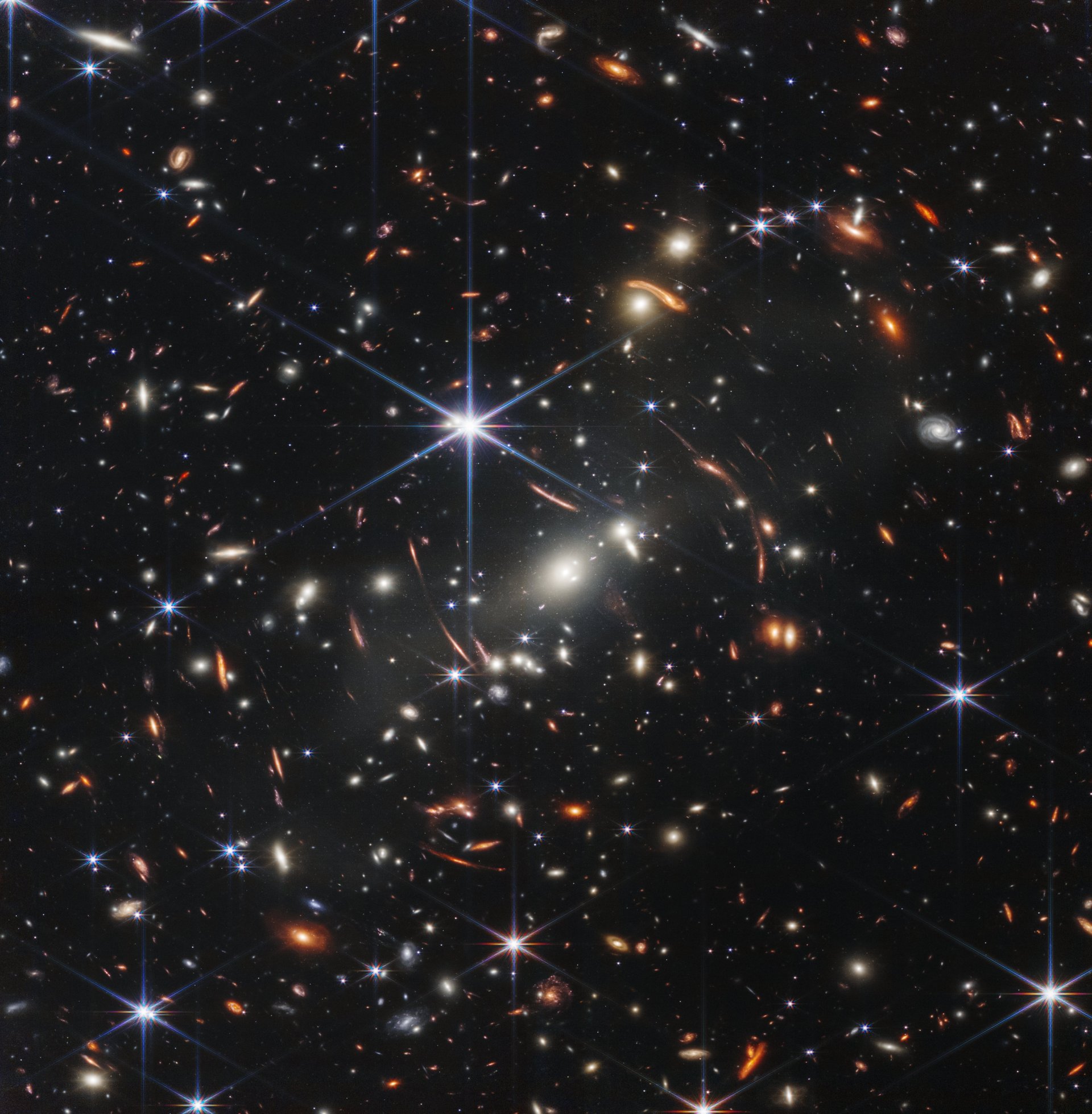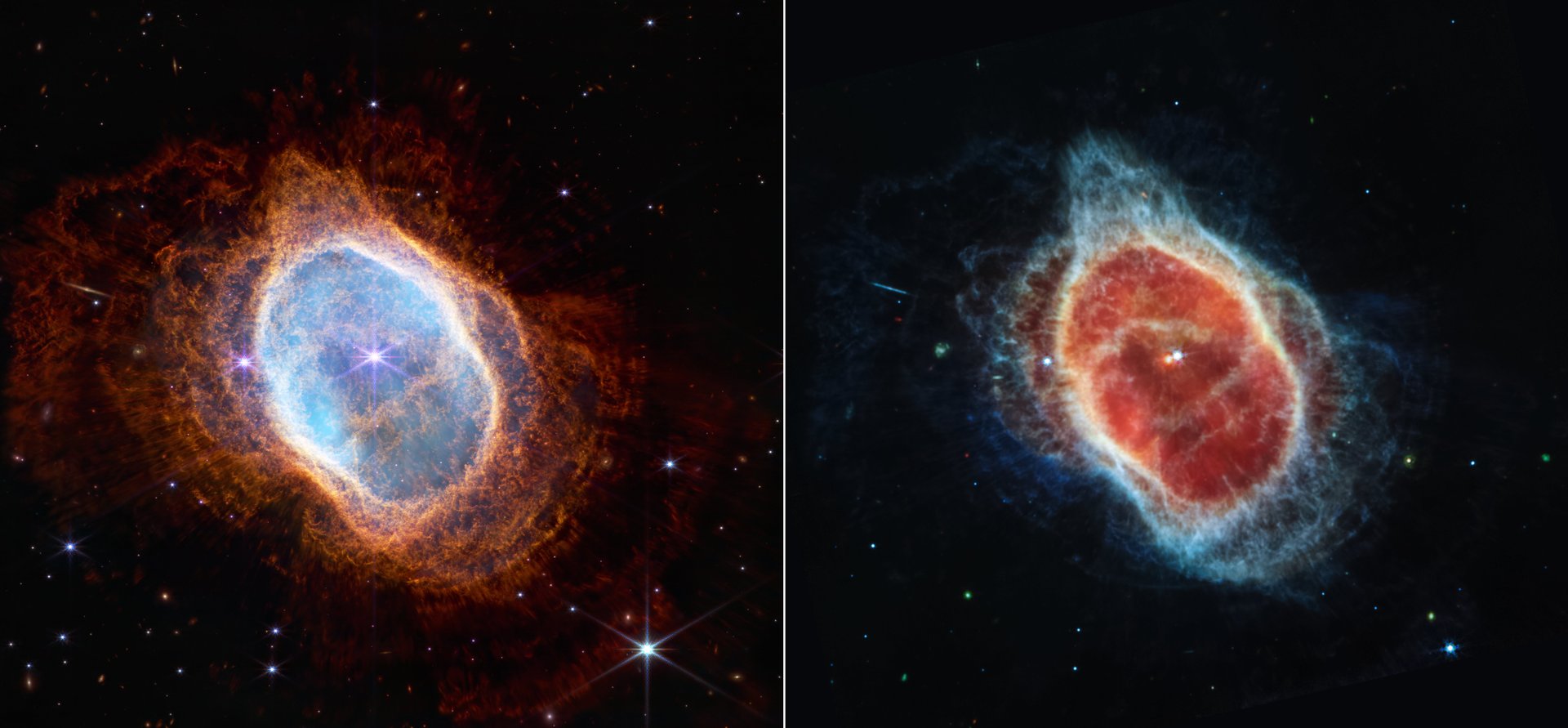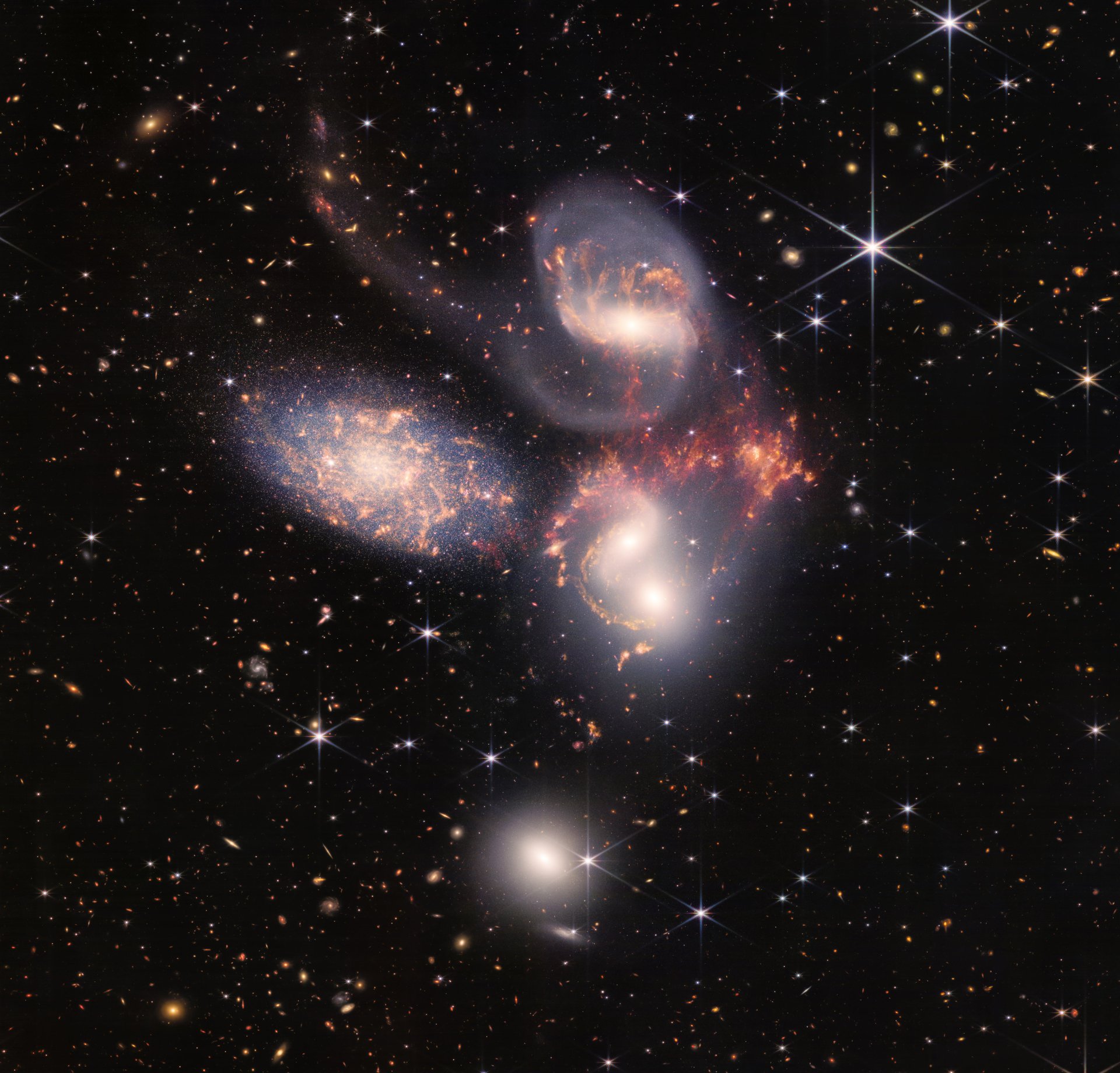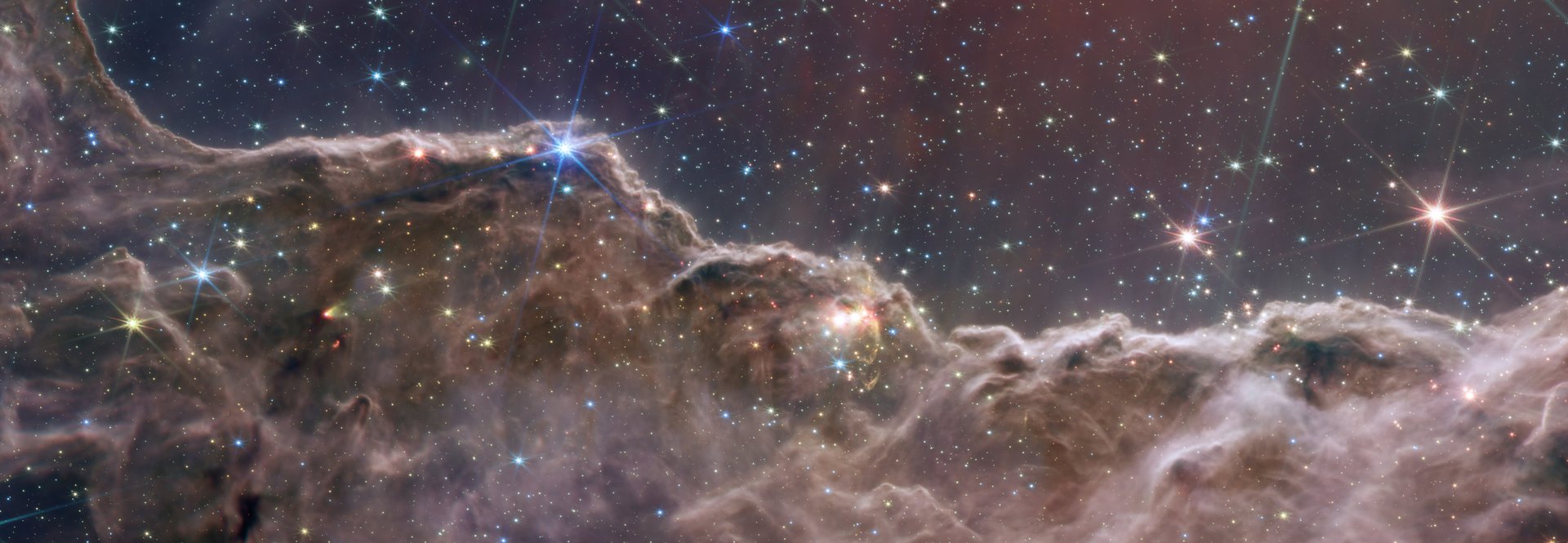See the first five scientific images from the James Webb Space Telescope
NASA has released the first five images of deep space science targets captured by the James Webb Space Telescope.
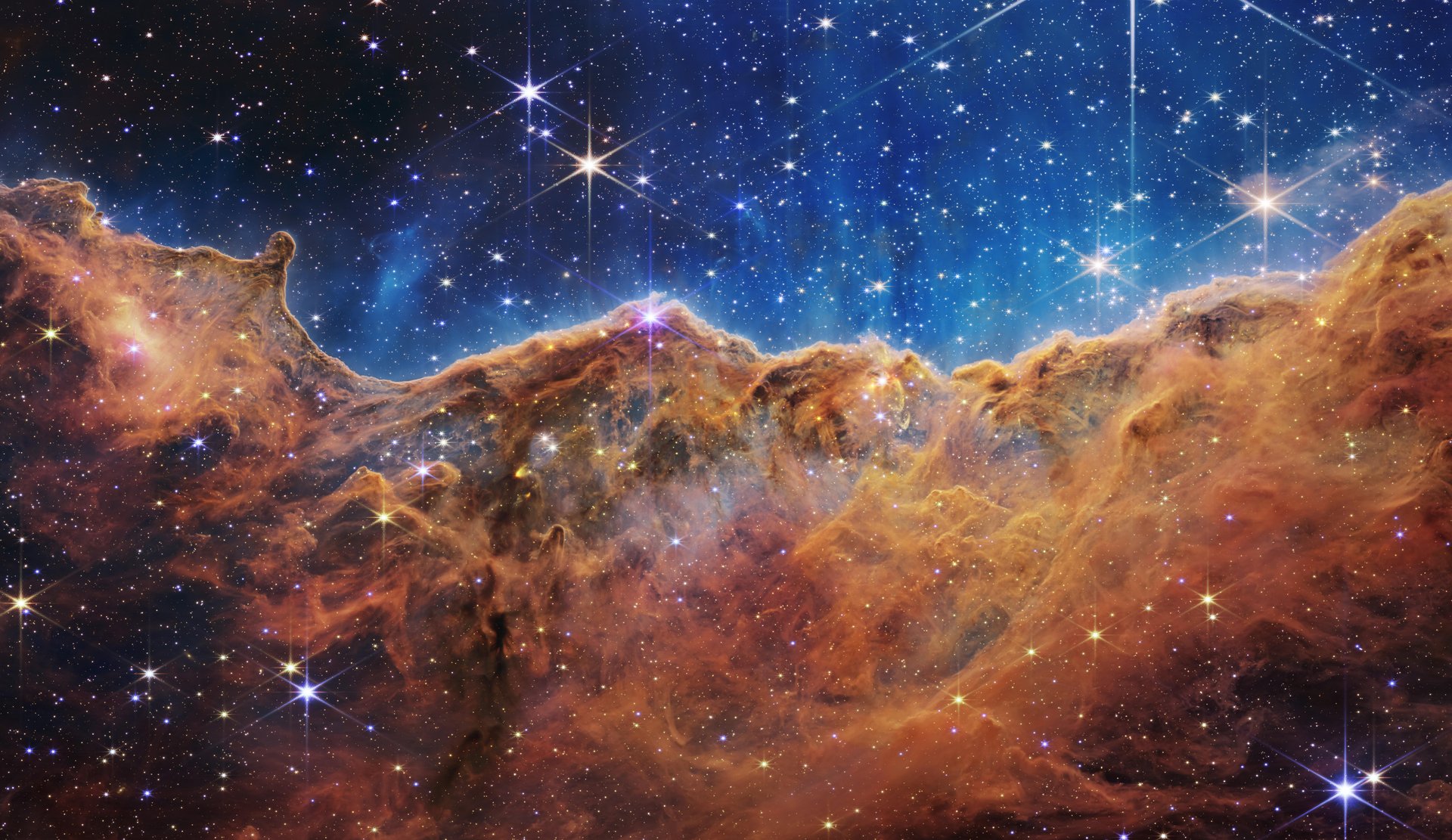

NASA has released the first five images of deep space science targets captured by the James Webb Space Telescope.
The first image from NASA’s James Webb Space Telescope—the highest-resolution picture of the universe ever captured—was released last night by president Joe Biden. Today, NASA shared four additional images that show the range of scientific questions that the telescope can help answer.
SMACS 0723
This cluster of galaxies, at the center of the picture released yesterday, creates a unique “gravitational lens” effect that allows astronomers to peer further into the universe and further back in time. What we’re seeing in this image occurred 13 billion years ago, when the our own galaxy and the Earth was being formed. This image represents a slice of the sky equal to the size of a grain of sand held at arms length.
WASP-96 b
This one may not be as visually grabbing, but the JWST’s ability to perform analyze the light reflected by planets and deduce the chemistry of their atmospheres is major leap in our ability to understand distant worlds. WASP-96 b is large planet discovered in 2014. It is 1,150 light years from earth and made up mainly of gas. Now, we know that there is evidence of water vapor and clouds in the atmosphere of this planet.
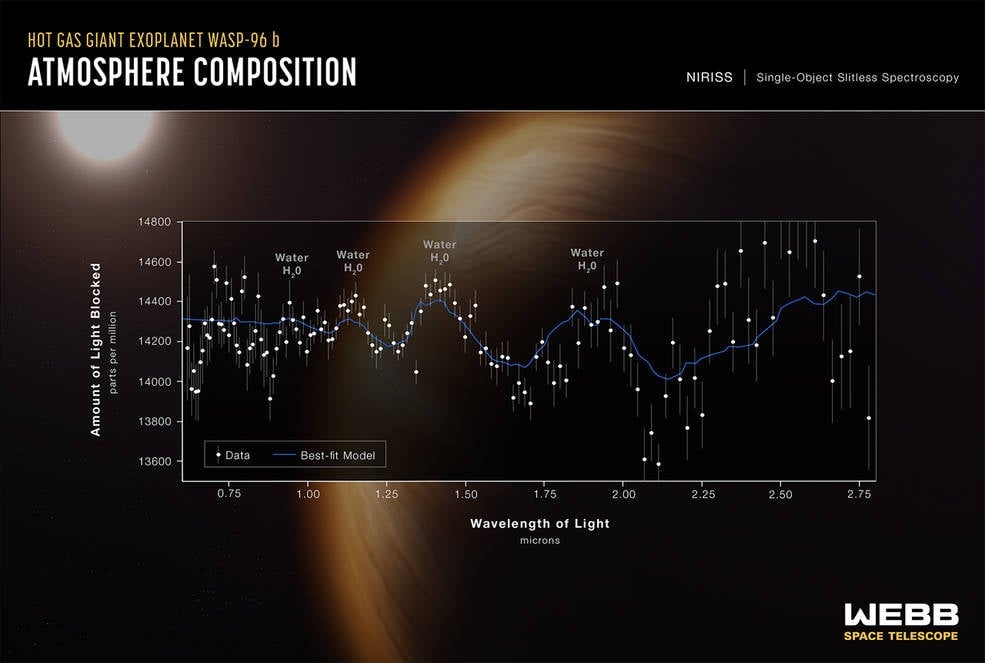
Southern Ring Nebula
This nebula was created when a dying star releases an expanding cloud of gas. Scientists don’t quite understand how this happens, but they hope data collected by JWST will help them figure it out.
Stephan’s Quintet
The first “compact galaxy group” was discovered by astronomers in 1877 and frequently observed, so more detailed imagery promise to give researchers more answers about the complex relationship between the five galaxies here.
Carina Nebula
This one might be the most gorgeous—it’s the largest and brightest nebulae, a cloud of gas and dust where stars are formed, that astronomers have found. NASA released two images of the nebula one using a single sensor and the other using a composite of two sensors.
The $10 billion, tennis-court sized JWST was built in collaboration with the European and Canadian Space Agencies, and launched on Dec. 25, 2021. The telescope’s most important feature is its 21.3 foot (6.5 meter) wide primary mirror, made up of 18 hexagonal segments that were folded tightly together when the telescope was launched. The mirror is the largest ever put in space, allowing JWST to capture more light and thus more information about the universe.
